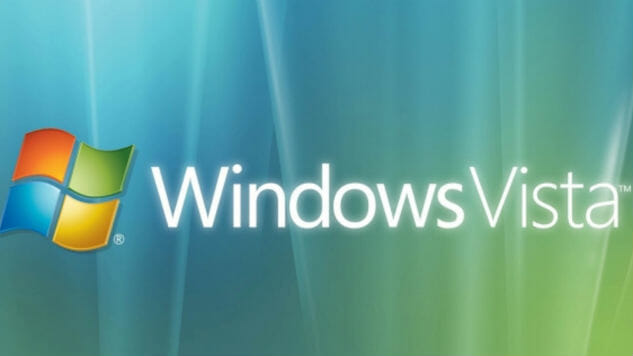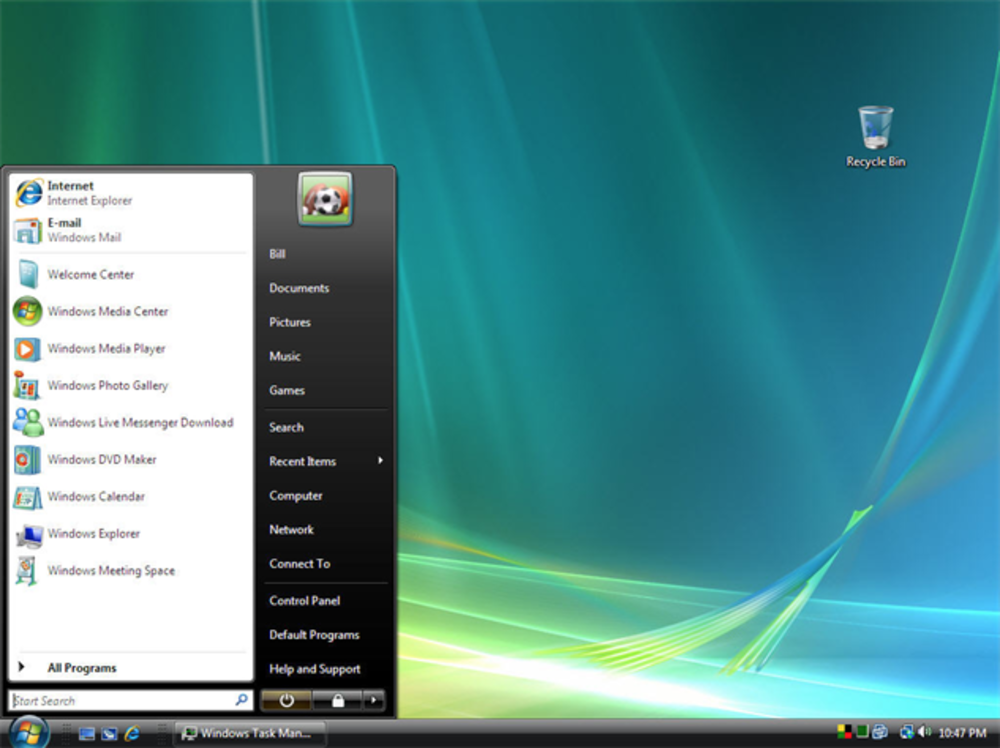RIP Windows Vista: Remembering Microsoft’s Biggest Blunder

This week Microsoft is pulling the plug on Windows Vista by formally ending support for the operating system, bringing an end to a not-so-impressive life. Vista will no longer receive security updates and anyone still running the OS will be at greater risk of security threats.
You’d be forgiven for forgetting about Vista or assuming that support was culled a long time ago. Ending support for the OS doesn’t sound like a big deal. The latest operating system market share figures show that it has less than one percent of the pie these days but the OS’s failure to take off and its eventual demise speaks to a bigger challenge that Microsoft is still grappling with today.
Released 10 years ago, the operating system was meant to take the mantle from the popular Windows XP. It swiftly became a victim of its own hype and reviews and critics were not kind. It was lambasted for its poor speed, security, and memory protection features that weren’t up to scratch as well as the inability of many PCs on the market at the time to efficiently run the OS. One computer science expert even published an extensive whitepaper months after the release, laying out his grievances with Vista.
As a result, the market responded. Within months of launching, Dell for example announced that it would once again start shipping PCs running XP. Things weren’t much better by late 2008 when Microsoft had to step back on its plans to end the shipping of new PCs running XP and instead extend it by six months.
The blunder of Vista was also an unintentional boon to Apple and how it promoted its Macs, which took a few digs at Microsoft. The Get a Mac campaign was pretty aggressive in its attacks on Vista’s usability.
One of the biggest problems for Vista was Microsoft underestimating just how popular Windows XP was. While Vista was slow and buggy, the reliability and popularity of its predecessor may have been the biggest barrier to its success. Vista should have been Redmond’s flagship operating system but instead many people were content sticking with XP. One need only look at how Microsoft went about ending support for XP after 12 years of service and the scurry for updates that ensued.
Needless to say, the Vista operating system was a black eye for Microsoft and one that it’s spent a number of years recovering from.
Since 2007, Microsoft has gradually crawled back from it. The majority of computers worldwide still run Windows of course but once Windows 7 rolled around, the company had to try win back favor in a marketplace where PC sales were very much on the decline and the smartphone was soaring.
